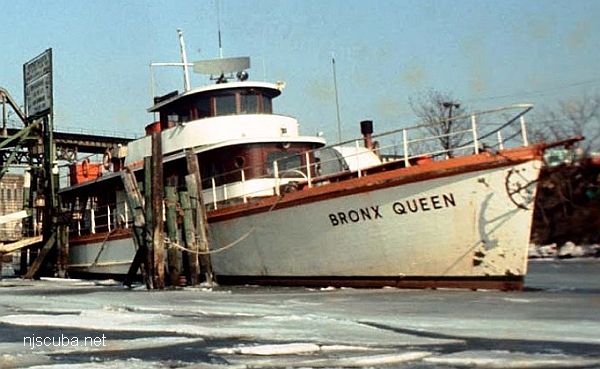Hempstead Artificial Reef
Depth: 50-70 ft
3.3 nautical miles south of Jones Beach State Park
Depth: 50 - 72 ft
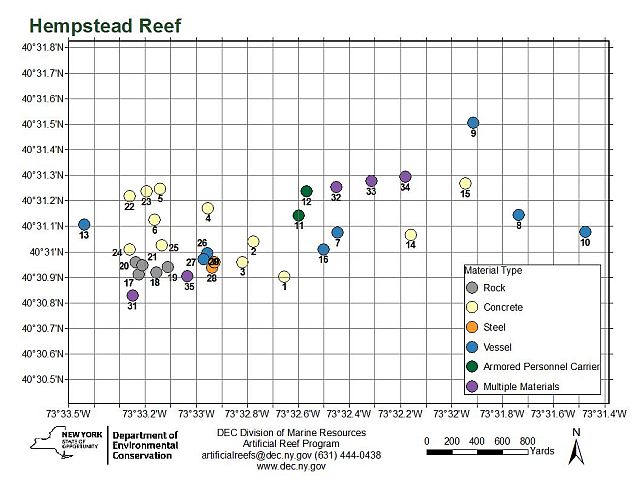
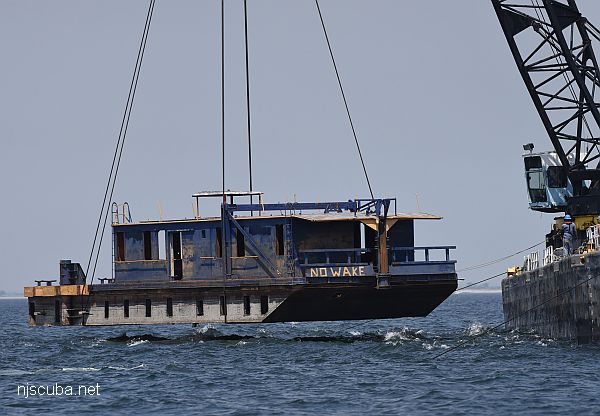
- Type:
- artificial reef, barges
- Depth:
- 50 - 72 ft
| Name | Description | Sunk | GPS |
| 115 ft steel | 40°31.145' -73°31.736' |
||
| 100 ft wood drydock |
1990 | 40°31.504' -73°31.914' |
|
| Navy | 110 ft steel | 1993 | 40°31.077' -73°31.476' |
| 40 ft steel dredge |
Wednesday Oct 4, 2000 |
40°31.010' -73°32.501' |
|
| 40 ft steel dredge |
Wednesday Oct 4, 2000 |
40°31.010' -73°32.501' |
|
| DB-1 | 75 ft steel derrick |
Friday Aug 10, 2018 |
40°30.971' -73°32.971' |
More: barges - Hempstead Artificial Reef ...

All manner of concrete, steel, and stone rubble from dredging, demolition projects, and other construction is used as artificial reef materials. This material is generally available at very low cost or free from construction companies who are more than happy to get rid of it. Transportation costs determine where this material is used by the Reef Program.
More: Rock & Rubble ...
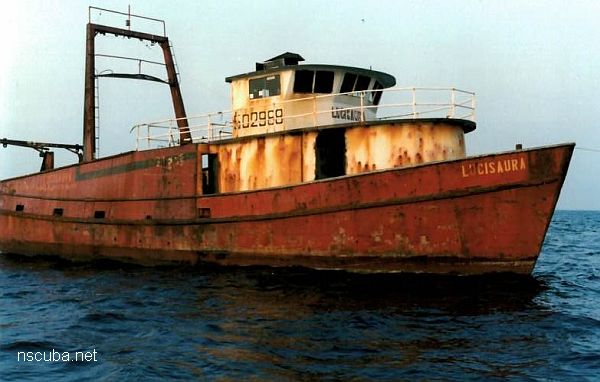
- Type:
- artificial reef, trawler, USA
- Built:
- 1966, Master Marine, Bayou La Bâtre AL USA
- Specs:
- ( 79 ft ) 129 gross tons
- Sunk:
- Sunday Sept 20, 1998 - Hempstead Artificial Reef
- Depth:
- GPS:
- 40°31.106' -73°33.439'
More: Lucisaura ...
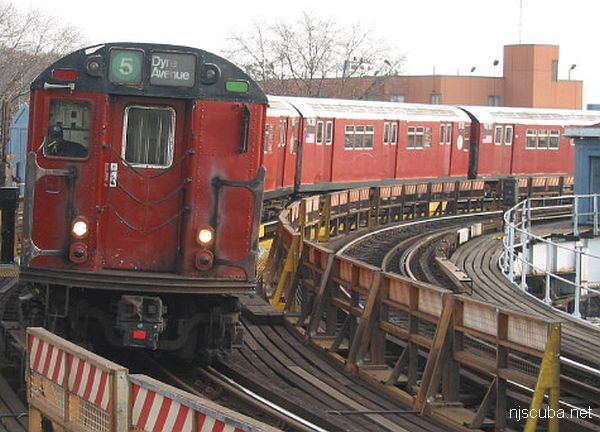
There is a great deal of controversy over the use of subway cars as artificial reefs. There shouldn't be. Subway cars are fish condos. They are the perfect size and shape to provide homes for all sorts of fishes, as well as large attachment areas for other organisms. The fact that they come complete with large door and window openings is even better. Most reef materials, such as ships and barges, improve with age because they open up, allowing easier access to the interior. Indeed, some of the most barren reefs I have seen are those that are completely intact, since they offer little shelter.
More: Rail Cars ...
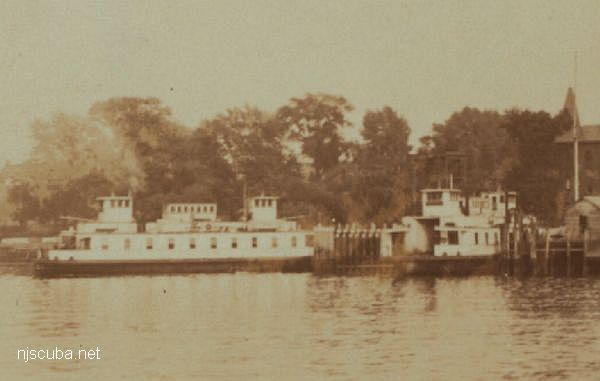
- Type:
- artificial reef, ferry, USA
- Built:
- 1929, Electric Boat Company, Groton CT USA
- Specs:
- ( 101 x 32 ft )
- Sunk:
- Friday August 10, 2018 - Hempstead Artificial Reef
- Depth:
- GPS:
- 40°30.994' -73°32.955'
More: Wards Island ...

The Artificial Reef Program used four types of obsolete Army armored vehicles as artificial reef materials off the New Jersey coast. These were cleaned at local military bases, loaded onto barges for transport, and pushed off at their final destination. Once the Army had disposed of its excess inventory, the program ceased, around 1999. The Artificial Reef Program has sunk almost 400 tanks altogether, far too many to list them here in this website.
More: Army Tanks ...

